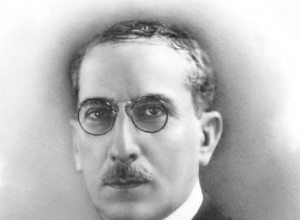by Carlos M. Ayala Corao Bolivian journalist, editor of El Heraldo Karl Marx referred to Simón Bolívar as the most cowardly, brutal and miserable scoundrel. Bolívar is the true Soulouque, (Marxs letter to Engels dated 2-14-1858). On that same occasion, he affirmed that Bolívar was a myth of popular




